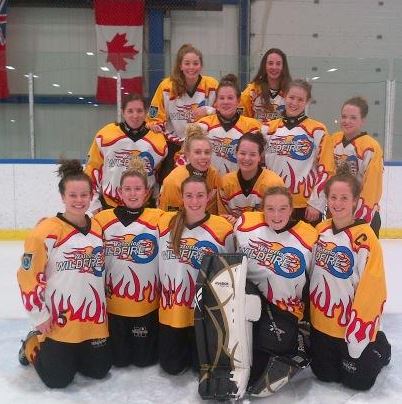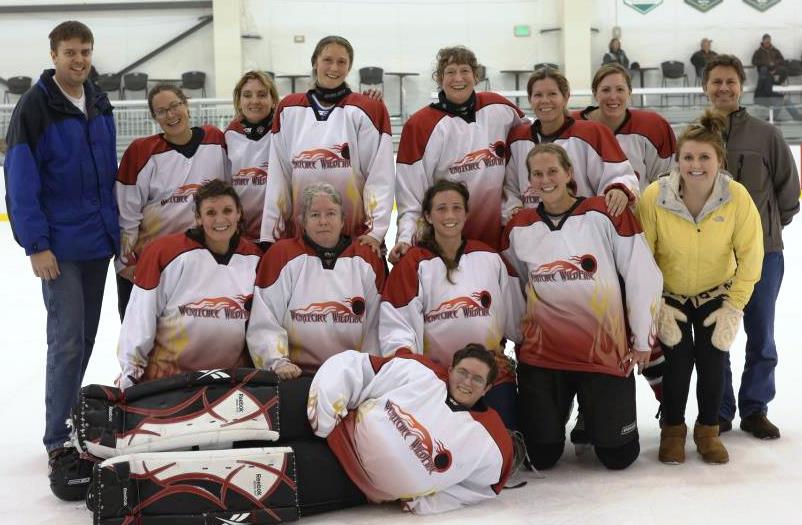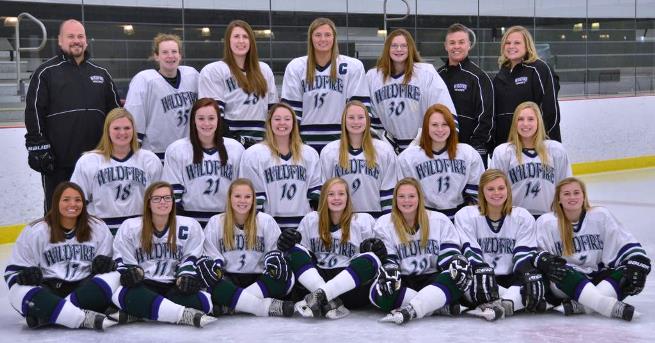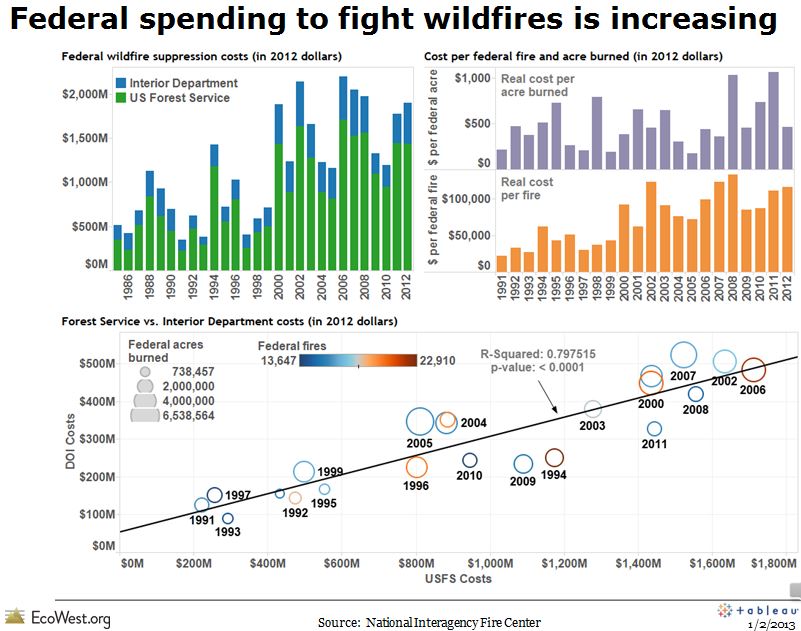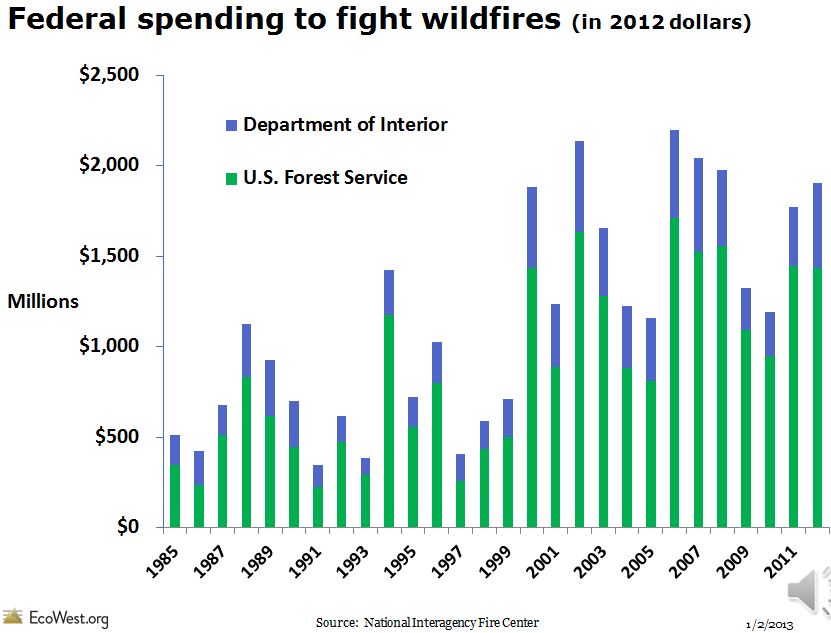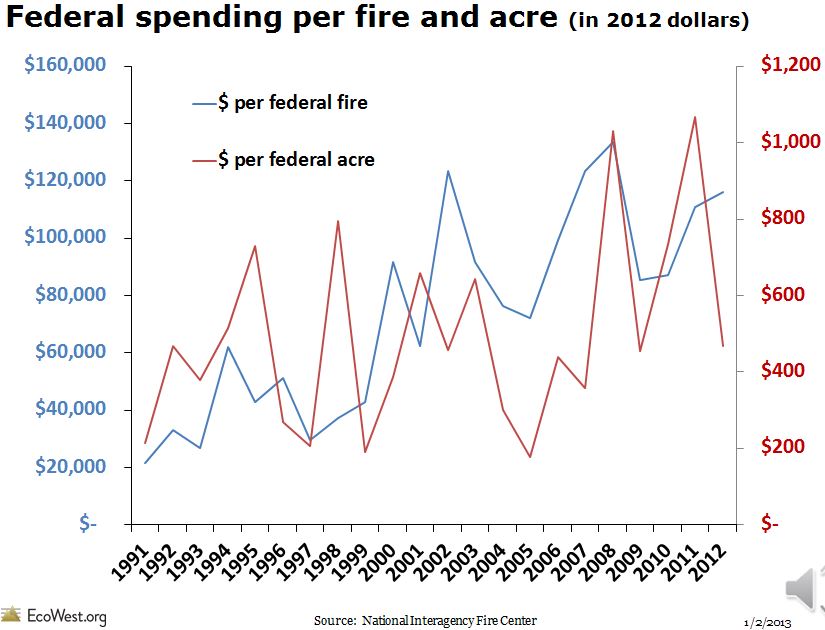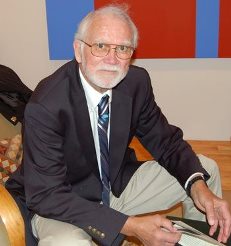Just a few days after the Chief of the Prescott Fire Department was forced out of his job, another Fire Chief with ties to the Yarnell Hill Fire in Arizona is leaving his job. Jim Koile, Chief of the Yarnell Fire Department announced his resignation Tuesday, two years after being selected for the position. According to the Daily Courier, some members of the community applauded when the resignation was disclosed at a Fire District Board meeting.
Some residents pointed out that on the day the Yarnell Hill Fire was discovered, which later killed 19 members of the Granite Mountain Hotshots, no firefighters on the department took any action on the fire, and Chief Koile turned down an offer from the nearby Peeples Fire Department for assistance.
The chief had also been criticized for not spending a $15,000 grant in 2012 for removing flammable vegetation around homes in the community. The report on the fire noted about the town, “overgrown yards and indefensible houses, and … limited options for a protection strategy”, as well as “…many structures were not defendable…. The fire destroyed over one hundred structures”.
But perhaps the straw that broke the camel’s back was a story about his manslaughter conviction.
Below is an excerpt from an October 8, 2013 article in the Daily Courier:
In 1974, a Maricopa County jury convicted Koile of manslaughter in the death of 3-year-old Carla Kay Dahlstedt. Koile was a Mesa firefighter at the time.
According to court records, on Dec. 12, 1973, Koile said he spanked and pushed Carla, daughter of his live-in girlfriend, Alys Dahlstedt. The little girl hit her head on the edge of her crib and was knocked unconscious. Koile said he was disciplining Carla for lying.
Koile said he attempted mouth-to-mouth resuscitation and cardiac massage, but he thought Carla was dead. Panicking, Koile drove the toddler to the desert, near the Mesa dump, where he buried her.
When Dahlstedt came home, Koile told her that Carla had been abducted or wandered away, court records stated.
Six hours after he buried the toddler’s body, Koile recanted his story to police and led them to the burial site.
As police dug up the little girl, they discovered she was still alive and transported her to the hospital, court records read. Carla died a day later from brain damage.
Superior Court Judge Charles Roush reduced Koile’s conviction to involuntary manslaughter after Dahlstedt pleaded for leniency.

